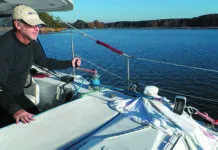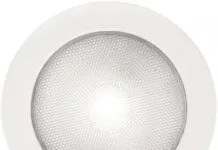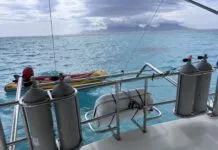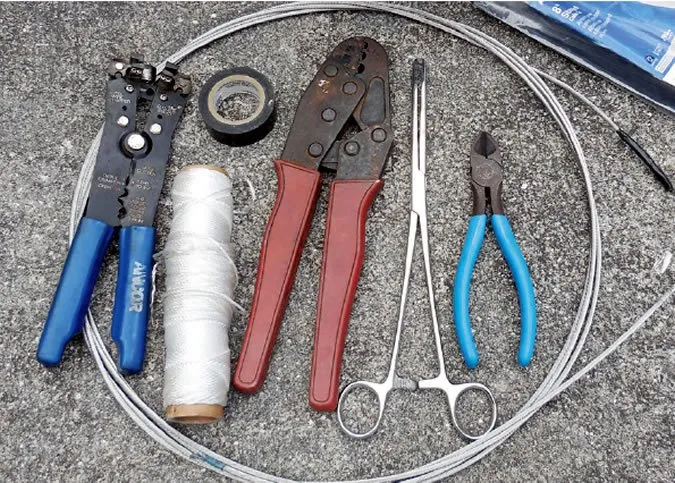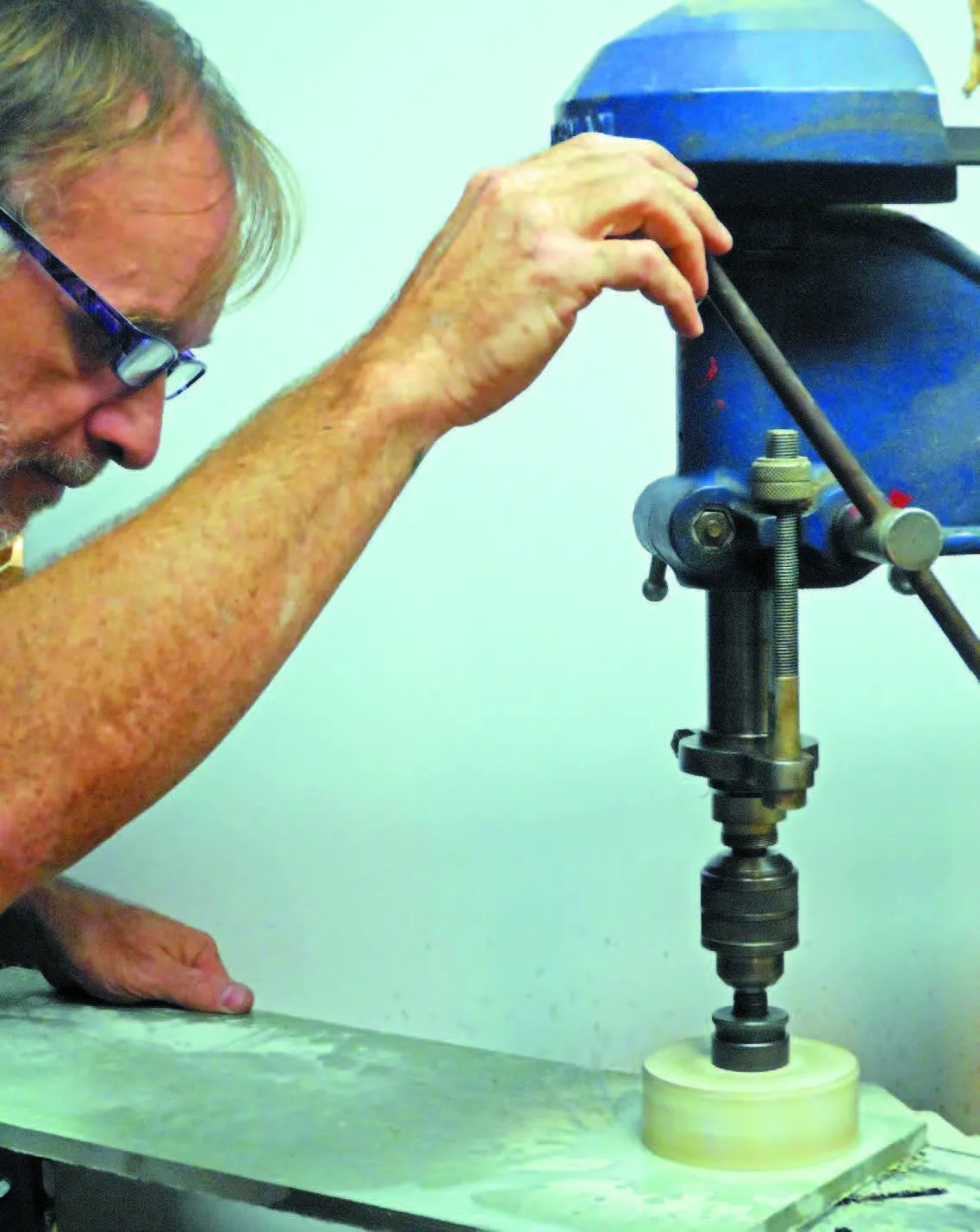Mast Support for Trailerable Boats
On most trailerable boats, when the mast is stowed for travel it is lashed to the bow pulpit and stern rail with no support at all in the middle.
How to Prevent Head Odors Aboard Your Sailboat
While permeation of waste gases through flexible sanitation hose is a major source of odors in the head, it is not the only one. This article looks at the possible sources one by one.
Winterizing the Engine: Maintenance that Is Truly Preventive
Winterizing an inboard engine installation means a lot more than filling the cooling system with antifreeze and stuffing a rag in the exhaust outlet. It means taking care of the exhaust system, the fuel system, the engine controls, and other components of the drive train, such as the shaft and prop. If you want to do these things yourself none of them is difficult, only time consuming plan on a long day of work, or perhaps a leisurely weekend.
Boat Clinic: Minor Repair to Cored Decks
A fairly common ailment with cored decks is the presence of soft spots where the outer skin has delaminated from the core material. Typically these areas are found around the mast and on the foredeck where heavy-footed spinnaker handlers have trod, but they are candidates to occur anywhere in a relatively large, flat span of unsupported deck.
Maintenance of Interior Teak
For the last decade or so, the majority of all production boats built in the U.S. have been trimmed above and belowdecks with teak. Teak makes abundant sense on deck. With resistance to weathering as its primary virtue, however, teak makes less sense for use as trim below.
Stop That Leak!
Alot of water has gone over the dam since the days when boats were caulked with cotton, and storm windows were snugged up with putty.
Stemming Troublesome Deck Leaks
Deck joints don’t leak as much as they used to. Most builders have switched to less leak-prone types of joints, and most are more conscientious about fastening and sealing them.
Chasing Deck Leaks – Painting Non-Skid Decks
The problem with any type of headliner is that it can disguise the origin of leaks. Water may travel many feet behind the headliner before it finds an exit point. If removing the headliner is impractical, you’ll have to begin your detective work from the outside. Any place the deck is pierced by a mounting bolt, hatch, window, mast opening, electrical outlet, or the like, is a potential source of leaks. Assume that if the deck leaks with the boat at rest, the source of the leak will be uphill from the place water appears on the inside of the boat.
Any Boat They Can Build, You Can Make Better
When the 28’ Pearson Triton appeared on the market in 1959, a revolution began in the boatbuilding industry. Fiberglass made economical mass production of boats a reality , and helped make sailing - and boat-owning - an activity for everyman. And Everywoman.For sailors who have never known boats built of anything but fiberglass, the changes in boatbuilding that can be attributed to the prosaic laminate of glass fibers and polyester resin are hard to imagine.
How to Restore Teak Wood on Boats
Probably nothing can make or break the appearance of a fiberglass boat more quickly than the appearance of the exterior teak trim. Contrary to popular belief, teak is not a maintenance-free wood that can be safely ignored and neglected for years at a time. Though teak may not rot, it can check, warp, and look depressingly drab if not properly cared for.













